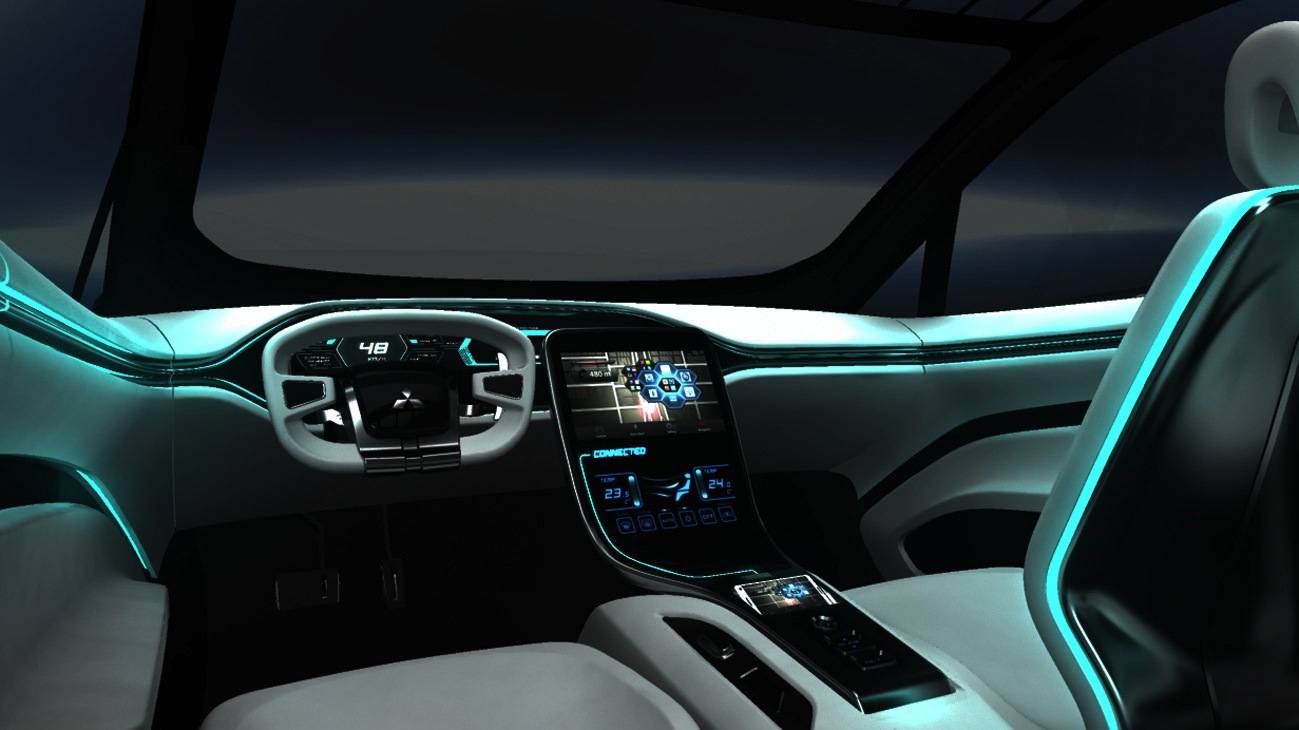aarond12
Well-known member
Nice video. But front-wheel drive? That's kind of a step down from the i-MiEV... I got to do a short handling exercise through a construction chicane and really enjoyed the rear-wheel drive. This is not just my first EV, it's my first rear-wheel drive car. (I've had two motorcycles which, obviously, were rear-wheel drive too.)
Thinking about wireless charging, doesn't it make sense to have the coil in the front of the car rather than the rear? Seems to be easier to line up a front-mounted coil, especially when thinking about vehicles of different lengths.
It's not too late, Mitsubishi! Swap the charging coil to the front and put the motor back in the rear! :lol:
Thinking about wireless charging, doesn't it make sense to have the coil in the front of the car rather than the rear? Seems to be easier to line up a front-mounted coil, especially when thinking about vehicles of different lengths.
It's not too late, Mitsubishi! Swap the charging coil to the front and put the motor back in the rear! :lol:






































